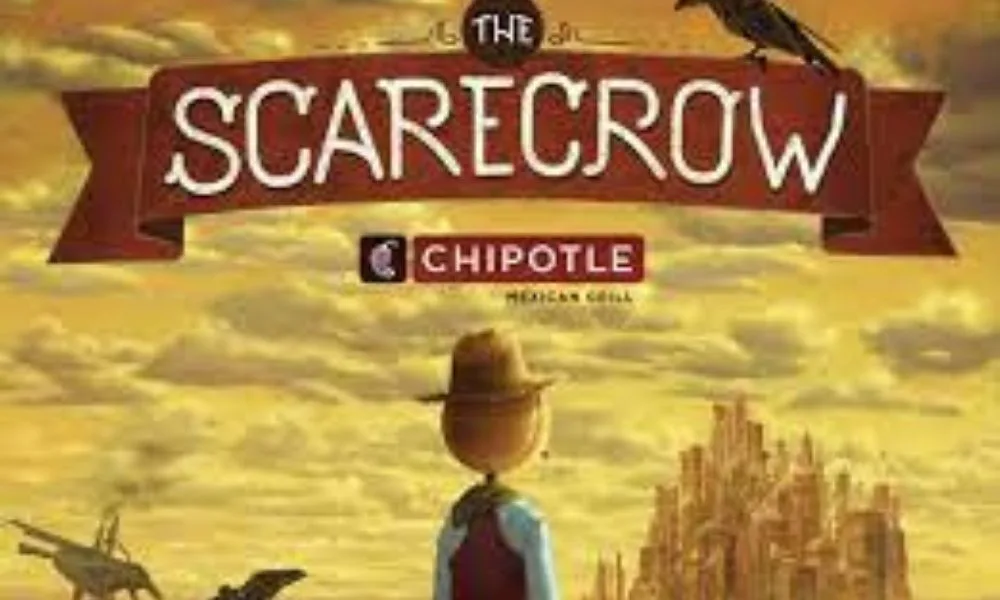By Greg Wang, Head of Sales, North America at Adjust
Is your audience no longer responding to your advertising the way you’d like? If the answer is yes, then you need to try something new. Innovation is vital in mobile advertising – and constant innovation at that. An advertising strategy fails when you take the audience for granted.
Good mobile advertising should focus on gaining consumer trust through valuable content – providing potential customers with something they enjoy in order to create brand awareness and encourage engagement. One such example of this is what we like to call advergaming.
What is advergaming?
Research from Social Peta indicates that a quarter of all iOS app downloads in 2020 were mobile games. During pandemic-driven lockdowns, downloads and time spent playing games surged — 62% by some estimates. Adjust’s Benchmarks Report revealed that gaming is still the biggest mobile vertical in 2021, making up a quarter of all iOS downloads and 21% of all Android downloads. Sessions, installs, time spent in-app and number of sessions per day all boomed in 2021, and by the end of 2030, mobile gaming is projected to hit an industry value of $272 billion, having already reached $98 billion in 2020.
The casual gaming market is huge with a very high turnover meaning there is significant potential for advergaming — a non-intrusive advertisement disguised as a game. In advergaming marketing, brands create digital or mobile games designed to promote products or services. The in-game protagonists or objects are often related to the brand or product being sold. For example, a racing game from Subaru where the car you drive is the latest WRX model helps build brand awareness in a non-intrusive way.
The mobile-game habit is only set to grow. Creating a fun, easy-to-play game is a great way to get new eyes on your brand.
What are the benefits of advergaming?
Creating a mobile game can require a significant investment of resources, but new technologies have made it easier. No-code (or low-code) apps have lowered the barrier to entry for brands developing apps — including mobile games. With the help of no-code solutions, you can significantly reduce the time and money developing an advergame can require. Some tools may even allow you to create a simple game for free.
Let’s take a closer look at some of the benefits of advergaming, which just might be the incentive you need to take the plunge.
Unlike interstitial ads, advergames do not disrupt the user experience. In fact, they are the user experience. The people engaging with your product have sought out the game — possibly even downloaded it to their phone — making them truly valuable.
When you create your own mobile game, players are essentially a captive audience who have already indicated an interest in your product and are therefore perfect targets for in-app offers or retargeted ads for other deals.
An advergame’s impact is also easily measurable. As with any app, your game can generate tons of first-party data about your users, which is increasingly important as privacy measures make third-party data less reliable and harder to come by.
Is advergaming right for your brand?
Just like any ad format, it’s important to consider whether an advergame is right for your brand and your growth goals. Advergames do seem to be a better fit for consumer brands than B2B or SaaS brands.
Having said that, advergames bring together many of the best aspects of different kinds of advertising — allowing you to garner valuable user data without intrusive ads or tracking while building user trust. As the barrier to entry lowers, and games become easier to create, more brands will embrace this unique and engaging form of advertising.
Still unconvinced? Take a look at some of the best examples of advergaming that we’ve seen lately.
Chipotle Scarecrow: Chipotle teamed up with Moonboots Studio to create a free mobile game to support its Food with Integrity campaign. The game, dubbed Scarecrow, quickly shot up the charts to top out at #15 among the free applications on the U.S. iOS app store.If brand awareness is your goal, it’s important to get in front of as many people as possible, and making your app free is key to achieving that goal.
Doritos VR Battle: This highly immersive experience requires players to strap on a VR headset and battle through a geometrical universe, littered with monsters to collect as many Doritos as they can along the way. While users are required to purchase the game and a VR headset, limiting its reach to a certain extent,it ensures users are invested.
Magnum Pleasure Hunt: Magnum collaborated with a number of brands to create a virtual treasure hunt across the web where players looked for chocolate on participating websites. Users could challenge friends and share their results on social media, making it easy for the game to go viral. Just seven months after launch, the site had over 6 million visitors — with people across the globe spending hundreds of thousands of collective hours with the brand.
Social mobile games are the future of mobile gaming. Allowing users to challenge friends or share their products is not only a great way to bring new users into the fold, it makes your advergame far more likely to go viral than most other ad formats.









